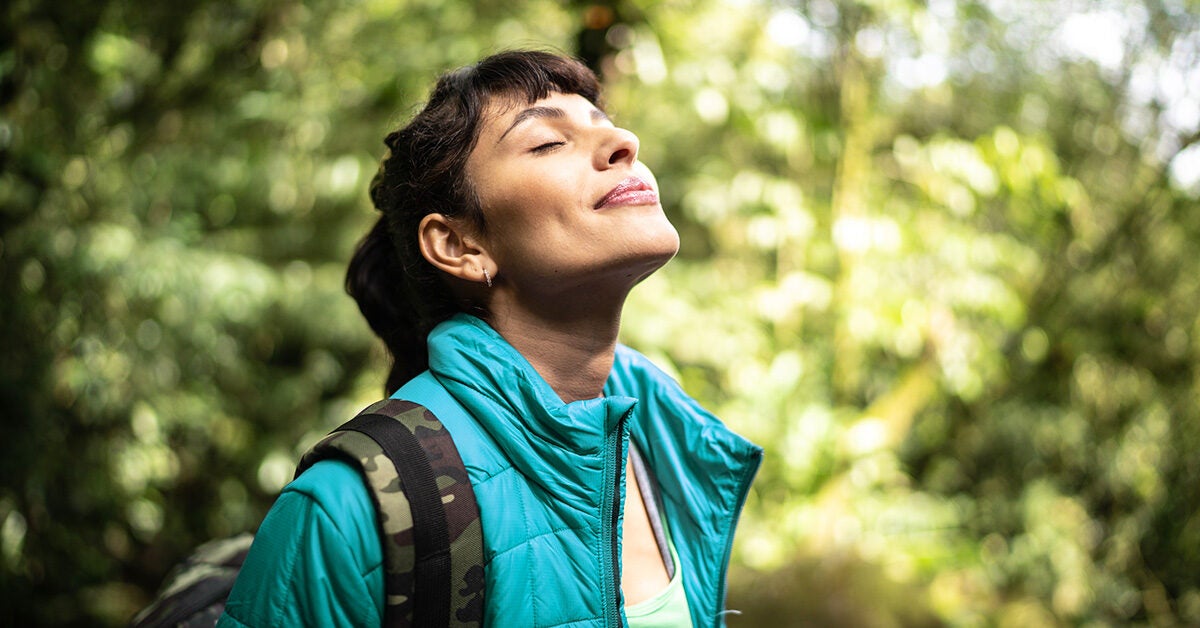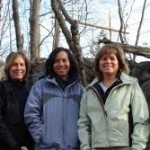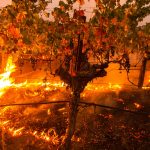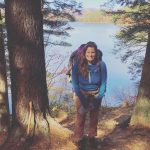
 Concentrating use in popular or high-use areas is a simple and effective method to reduce the impact of a backcountry visit. Main travel corridors and popular destinations usually have well-established trails and campsites. Continued use causes little additional impact to these features although overcrowding diminishes the overall experience for some.
Concentrating use in popular or high-use areas is a simple and effective method to reduce the impact of a backcountry visit. Main travel corridors and popular destinations usually have well-established trails and campsites. Continued use causes little additional impact to these features although overcrowding diminishes the overall experience for some.
Respect other visitors’ need for solitude. When traveling in the backcountry, care is required to minimize disturbance of other visitors. The feeling of solitude is enhanced when contacts are infrequent, party size is small and behavior is unobtrusive.
Respect the needs of wildlife. By traveling quietly you will be more aware of your environment, and you will see more wildlife. Birds and other animals need space to feel secure, so do not force them to flee. After all, the backcountry is their home, and you are a visitor. When tracking wildlife for a photograph or a closer look, stay downwind, avoid sudden movement and never chase or charge any animal. Give wildlife plenty of room, for their safety and yours.
Hike on existing trails. Impacts on wildlife, soil and vegetation can be minimized by walking on established trails. Many plants and animals are threatened with extinction in the Southeast due to the widespread destruction of their habitats. By staying on trail you can avoid disturbing most sensitive species that remain on protected public lands.
When following existing trails, walk single file on the designated path. Walking outside the established tread, to walk abreast or to avoid rocks or mud, breaks down the trail edge and widens the trail. It can also lead to the development of multiple trails. Muddy stretches and puddles should be crossed rather than skirted to avoid creation of additional paths. Shortcutting switchbacks saves little time and causes erosion and gullies.
Horses in the backcountry. When you meet a stock party on the trail, allow them plenty of room as stock are frightened easily. The entire hiking party should move off to the same side of the trail, if possible the downhill side, and talk in a low voice until the animals pass. Talking to riders as they approach gives animals advance notice of your presence and reassures them you are human.
If you plan to travel by horse in the backcountry, take time before your trip to learn techniques for minimizing impacts related to yourself and your animal. Always ride single file and be sure your animals stay on trails at all times. Water horses at natural fords or low places along stream banks. Horses can do a great deal of damage on steep slopes. Another common impact from horses is tree damage. Interestingly, impacts associated with tying a horse to a tree are usually from the animal stomping or pawing the tree’s roots rather than from the line used to tie him to the tree. If you are just taking a short rest break, consider holding your horse. If you plan to spend some time in an area (a half-day or more), secure animals with a highline. If you must tie to a tree, be sure the tree you select is mature (at least eight inches in diameter) and keep your stay brief.
All users need to work together on the common goal to Leave No Trace. Being considerate of others and practicing good camp and trail etiquette ensures that everyone enjoys their visit.
Choosing a high-use campsite. Selecting an appropriate campsite is perhaps the most important aspect of low-impact backcountry use. It requires the greatest use of judgment and information and often involves making trade-offs between minimizing ecological and social impacts. A decision about where to camp should be based on information about the level and type of use in the area, the fragility of vegetation and soil, the likelihood of wildlife disturbance, an assessment of previous impacts and your party’s familiarity with Leave No Trace techniques.
It is best to camp on sites that are so highly impacted that further use will cause no additional disturbance. In popular areas these sites are obvious because they have already lost their vegetation cover. It may also be possible to find a site which naturally lacks significant vegetation cover, such as an area of exposed bedrock or leaf litter beneath a dense forest canopy. Pick a site which has a very low slope-level sites have problems with ponding and sites on steeper slopes are highly susceptible to erosion once vegetation and surfacelitteraregone.Neverscrapeawayor “clean”sitesoforganic litter-such litter helps to cushion trampling forces, limits compactablility of soils, attracts/feeds earthworms which loosen the soil, releases plant nutrients and reduces the erosive forces of rainfall and water runoff.
If possible, avoid camping within 200 feet of water and trails and select a site which is not visible to others. Even in popular areas the sense of solitude can be enhanced by choosing a more out-of the-way site or a site with good natural screening which limits your visibility. Allow enough time and energy at the end of the day to select an appropriate site. Tiredness, bad weather and lateness of the day are poor reasons to cause avoidable impacts. In some river corridors in the Southeast, geography may dictate your campsite selection. If it is impossible to camp 200 feet from a stream, then carefully weigh all other factors to select the most appropriate site. As always, know what the regulations say about campsite selection.
Tents, traffic routes and kitchen areas should be concentrated on already impacted areas and trails. Confine your activities to places which already show obvious signs of use, and avoid enlarging this area of disturbance or developing new satellite use areas. Wear soft shoes around camp. When leaving make sure your camp is clean so it will appeal to campers who follow.



